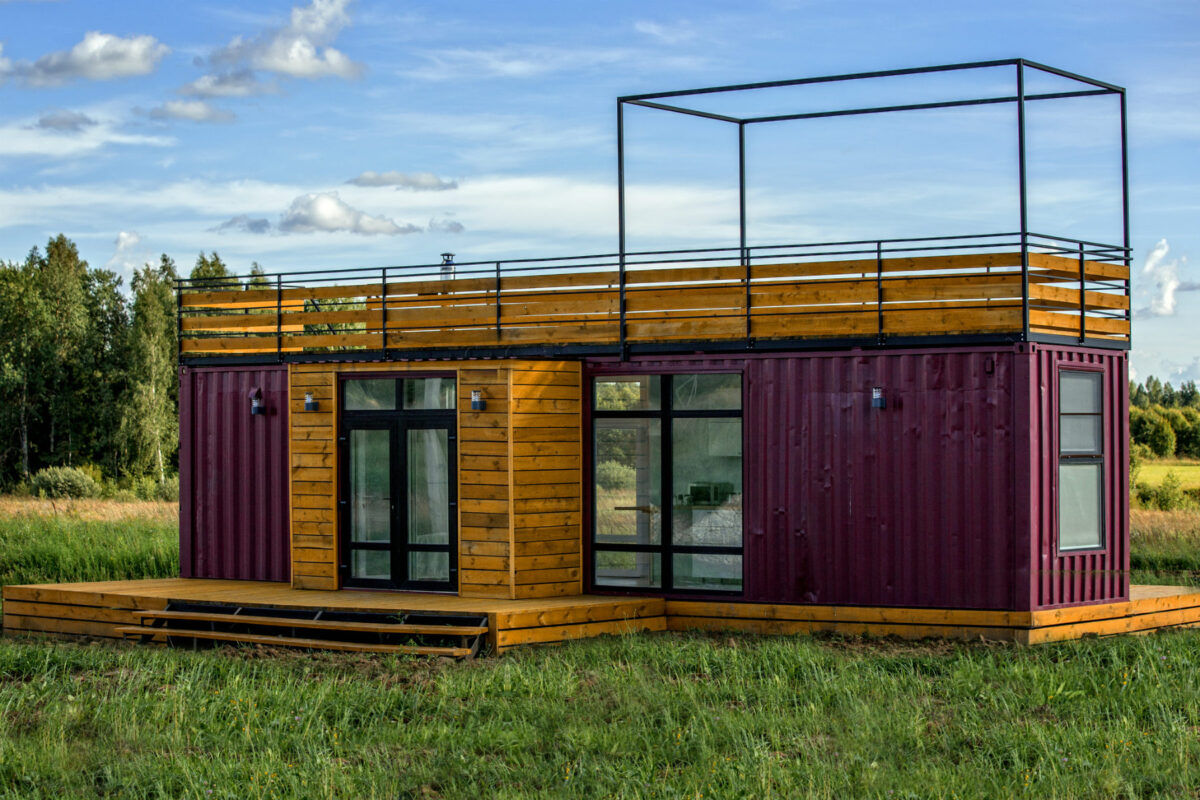Single-family. Manufactured home. Duplex. Townhome. Condo. When seeking a new home, everyone looks for something different. The search for more affordable alternatives to traditional homes brought about a new category that gained popularity over the past couple of years: the barndominium (aka “barndo”). Part barn/part condominium, this metal structure offers some positive aspects as well as some negative ones.
Barndominium: Yay or Nay?
What is It?
The barndo is a metal building that includes living space on the inside. Sort of a “warehouse with style”, these buildings cost less to put together than a traditional single-family home. Plus, they are low maintenance and energy-efficient. Typically made of steel, these structures are placed on a poured concrete foundation. Once the framework goes up, then they build out the actual living space inside.
Barndos include everything a traditionally built home does: kitchen, bathrooms, bedrooms, etc. They provide the ultimate in open-concept living. Sometimes, homeowners buy kits to construct their own barndos, saving them even more money.
How Much Does It Cost?
Home Builder Digest states that it costs about $120 per square foot to build a typical Tulsa home. However, a barndominium usually costs around $70 to $80 per square foot. If you need to finance your barndo, you may face a difficult time procuring a loan. Many lenders consider this less of a residence and more of a barn. Plus, finding other structures to compare it to for an appraisal may be troublesome. While it may be a bit more complicated to attain, financing is not altogether impossible. Talk to your lender first. In fact, talk to a few of them if necessary.
Pros of a Barndo
First of all, they cost almost half of what a traditional home costs to build. Nowadays, that means even more than ever before. Next, the metal structure is ultra-durable and lasts for a long time. Also, because of the metal structure, it offers an inhospitable environment for termites, rot, mold, or mildew. That saves you thousands of dollars in repairs, abatement, and repair. Finally, these structures tend to be very customizable at a much more affordable price point.
Cons of a Barndo
When we talk about the positives, we need to address the negatives as well. First, financing provides a bit of a speed bump (but not a roadblock). Secondly, they provide a tougher resell market with a smaller buyer pool interested in this type of home. Of course, that may change in the future. But for now, it helps to keep that in mind. Plus, these structures tend to be completely customized to the original owner. That may shrink your buyer pool even more. That may also be something to keep in mind when you put your design together. Also, some city regulations do not allow barndos within the city limits. So, always check with the zoning commission before you start any part of the construction process. Rural areas tend to be much more lenient with these regulations.
Let me know what you think. Are you all aboard the barndominium bandwagon? Or is it just not for you? Why? Please leave your thoughts in the comment section below.
Lori Cain, REALTOR®, Serving Midtown and the greater Tulsa, OK area. Call 918-852-5036.


